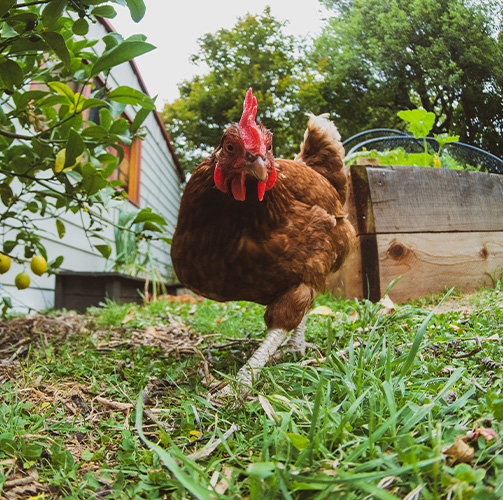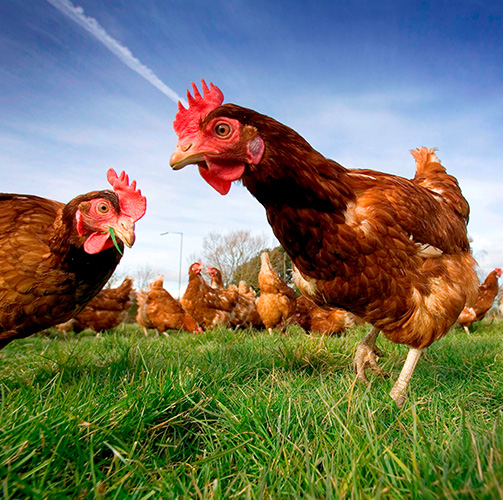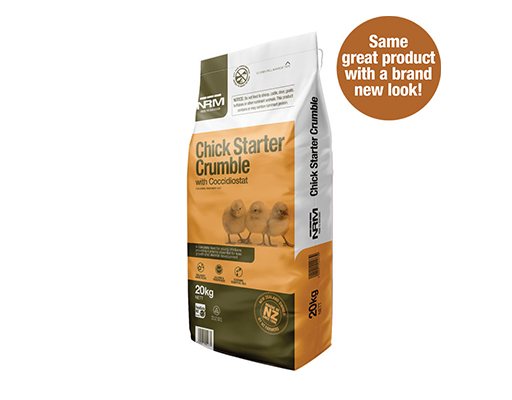Chick Rearing Can Be a Family Affair
Words by Dr Rob Derrick – Head of Product Development at Farmlands
Raising chickens in the backyard is quickly becoming a national pastime. Here are some quick tips for getting started.
Breeding and rearing chicks can be immensely rewarding and a great way to introduce younger members of a family to animal husbandry skills.
There is a difference between:
- Hybrid commercial birds – the result of very carefully bred male and female lines to deliver particular genetic traits, especially in terms of egg or meat production
- Heritage breeds often bred by enthusiasts to a breed standard
- Farmyard birds produced from cross-breeding two distinct breeds, which may benefit from some hybrid vigour but with far more variable traits and appearance.
With the increased demand for laying birds, there is a good chance that surplus well-reared birds will be easy to sell locally.
Day-old chicks from a hatchery may have the added benefit of being vaccinated against Marek’s Disease and get their first dose against Salmonella Typhimurium. Subsequent salmonella booster vaccinations can be given at 2 weeks of age and a 3rd dose at 16 weeks, which could be important for commercial free-range flocks. Vaccines normally come in large doses per pack and may be prohibitive for smaller numbers. Having good management and biosecurity practices can reduce the risk to isolated flocks. Although difficult, some control of wild birds and vermin is recommended, as they can transmit salmonella and other diseases.






